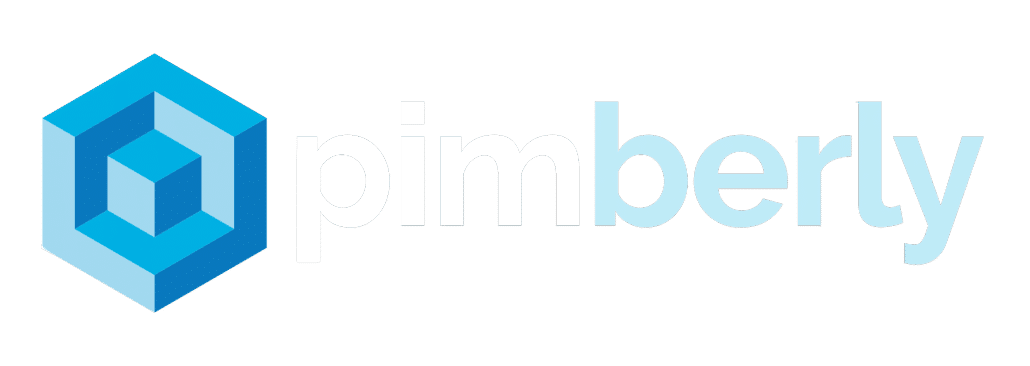What is Tiered Pricing?
Tiered pricing is a pricing strategy where the cost of a product or service changes based on the quantity purchased or level of consumption. This model typically offers lower prices per unit as customers buy more or reach higher usage tiers, incentivizing larger purchases or increased usage.
In-Depth Explanation of Tiered Pricing
Why It Matters
Tiered pricing is crucial for businesses looking to attract a wider range of customers and increase their market share. By offering multiple price points, companies can capture different segments of the market, from budget-conscious consumers to those willing to pay premium prices for additional features or benefits. This strategy also helps businesses to upsell and encourage customers to upgrade to higher-priced tiers.
How It Works
In a tiered pricing model, businesses typically offer several pricing levels, each with a distinct set of features or benefits. The lowest tier often provides basic functionality at an affordable price, while higher tiers offer additional features, increased usage limits, or enhanced support. Customers can choose the tier that best suits their needs and budget, with the option to upgrade or downgrade as their requirements change.
Key Benefits
Tiered pricing offers several advantages for businesses. It allows companies to appeal to a broader customer base, increasing their potential market size. This strategy can also boost customer loyalty by providing a clear upgrade path as customers’ needs evolve. Additionally, tiered pricing can help businesses maximize revenue by capturing more value from customers willing to pay for premium features or higher usage limits.
Relevant Stats or Facts
According to a study by Price Intelligently, implementing tiered pricing can increase revenue by up to 44% compared to flat-rate pricing.
Importance of Tiered Pricing
Tiered pricing plays a crucial role in business strategy, particularly for companies operating in product data management or eCommerce. This pricing model allows businesses to cater to different customer segments, offering various levels of products or services at different price points. By implementing tiered pricing, companies can effectively capture a larger market share and maximize their revenue potential.
One of the primary benefits of tiered pricing is its ability to appeal to a wide range of customers with varying budgets and needs. This approach enables businesses to provide options for price sensitive consumers while also offering premium features or services to those willing to pay more. In the context of product data management or eCommerce, tiered pricing can be applied to software subscriptions, service packages, or even physical products. For example, an eCommerce platform might offer basic, standard, and enterprise level plans, each with progressively more advanced features and higher price points.
Furthermore, tiered pricing can encourage customer loyalty and upselling opportunities. As customers become more familiar with a product or service, they may be inclined to upgrade to a higher tier for additional features or benefits. This natural progression not only increases customer lifetime value but also helps businesses build long term relationships with their clients. In the fast paced world of eCommerce and product data management, where technology and customer needs are constantly evolving, tiered pricing provides the flexibility needed to adapt and grow alongside customer demands.
Examples of Tiered Pricing
Fashion/Apparel Retailer:
A fashion retailer employs tiered pricing to appeal to different customer segments and optimize sales. For instance, the retailer might offer basic T-shirts at a lower price point, which will attract budget-conscious customers, while also stocking premium branded T-shirts for those willing to pay more for higher quality or a designer label. During promotions, the retailer can implement a tiered discount system, where spending a certain amount triggers incremental discounts, encouraging more extensive purchases and increased basket sizes. This strategy not only caters to a broader audience but also maximizes revenue by edging customers towards larger purchases to benefit from discounts.
HVAC Manufacturer:
An HVAC manufacturer uses tiered pricing to differentiate between its product offerings and provide options tailored to various consumer needs. Standard models might be priced lower to attract budget-conscious buyers, while more advanced models with additional features such as smart home integration or higher energy efficiency are set at a higher price point, targeting tech-savvy and environmentally conscious consumers. This strategy allows the manufacturer to capture a diverse market by offering value at different price levels, ensuring more extensive market coverage and appealing to both entry-level and premium segment consumers.
Distributor of Auto Parts:
A distributor of auto parts employs tiered pricing to accommodate the needs of different types of buyers, from individual car owners to large repair shops. Basic, economy parts are offered at lower prices for individual customers looking for budget-friendly options. In contrast, premium parts that offer extended warranties or are from well-known brands are priced higher for shops seeking reliability and customer satisfaction. This pricing strategy not only aligns with varying quality and budget preferences but also enhances customer loyalty by facilitating flexible purchasing options based on needs and volume discounts for bulk buyers.
Brand Owner of Homewares Products:
As a brand owner selling homewares through channels such as Walmart, Lowes, and Wayfair, tiered pricing becomes a powerful tool to differentiate offerings and meet diverse consumer demands on these platforms. The brand can offer entry-level products at competitive prices to capture price-sensitive customers visiting these marketplaces while providing high-end collections with exquisite materials or design at premium pricing to attract design-conscious buyers willing to spend more for quality. This approach not only leverages marketplace dynamics to broaden reach but also positions the brand favorably across multiple price segments, thereby enhancing visibility and sales conversion through strategic pricing differentiation.
Synonyms
Common synonyms for tiered pricing include:
- Staggered pricing
- Scaled pricing
Tiered Pricing and PIM
Tiered pricing is a pricing strategy where different price points are offered for the same product or service based on various factors such as quantity purchased, customer type, or level of features included. This approach allows businesses to cater to different customer segments and their varying needs while maximizing revenue potential. For example, a software company might offer basic, professional, and enterprise versions of their product at different price points, each with an increasing set of features and capabilities.
Product Information Management (PIM) solutions play a crucial role in implementing and managing tiered pricing strategies, especially for businesses with large product catalogs or complex pricing structures. PIM systems centralize and organize product data, including pricing information, making it easier to create and maintain tiered pricing models across multiple channels and markets. With a PIM solution, companies can efficiently manage different price tiers for each product, ensure consistency across all sales channels, and quickly update pricing information as needed.
In the context of eCommerce and product data management, PIM solutions enable businesses to implement sophisticated tiered pricing strategies that can adapt to market conditions and customer behavior. For instance, a clothing retailer could use a PIM system to manage different price tiers for bulk purchases, loyalty program members, and seasonal promotions. The PIM solution would store and organize all the necessary product and pricing data, allowing the retailer to easily update and sync this information across their website, mobile app, and in store systems. This centralized approach ensures accurate and consistent pricing information, reducing errors and improving the overall customer experience.
Frequently Asked Questions
How many tiers should I include in my pricing strategy?
The number of tiers you should include depends on your product or service, target market, and business goals. Generally, three to five tiers work well for most businesses. Start with a basic tier, add a mid-range option, and include a premium tier. This structure allows you to cater to different customer segments and budgets. If you offer a complex product or service, you might benefit from more tiers to provide greater customization. However, be careful not to overwhelm customers with too many choices, as this can lead to decision paralysis and reduced sales.
How do I determine the price points for each tier?
To determine price points for each tier, consider your costs, target profit margins, and the value you provide to customers. Research your competitors’ pricing strategies and analyze your target market’s willingness to pay. Start by setting the price for your mid-range tier, then adjust upward for premium tiers and downward for basic tiers. Ensure there’s a clear distinction between tiers to justify the price differences. Use customer feedback and sales data to refine your pricing over time. Remember to factor in any additional features or services included in higher tiers when setting prices.
Should I display all pricing tiers on my website?
In most cases, it’s beneficial to display all pricing tiers on your website. Transparency builds trust with potential customers and allows them to compare options easily. However, if you offer highly customized solutions or enterprise-level services, you might choose to display only basic pricing information and encourage prospects to contact you for a personalized quote. If you decide to show all tiers, present them clearly and highlight the differences between each option. This approach helps customers understand the value proposition of each tier and make informed decisions.
How often should I review and update my tiered pricing structure?
Regularly reviewing and updating your tiered pricing structure is crucial for maintaining competitiveness and profitability. Aim to evaluate your pricing at least once or twice a year, or more frequently if you’re in a rapidly changing market. Monitor factors such as changes in production costs, market demand, competitor pricing, and customer feedback. Be prepared to adjust your tiers, add new features, or modify pricing as needed. However, avoid making drastic changes too often, as this can confuse or frustrate customers. When you do make significant updates, communicate clearly with your existing customers about any changes that may affect them.
How can I encourage customers to upgrade to higher tiers?
To encourage customers to upgrade to higher tiers, focus on clearly communicating the added value of each tier. Highlight exclusive features, increased limits, or enhanced support available in higher tiers. Use comparison charts or tables to make the differences between tiers easily visible. Implement a smooth upgrade process within your product or service, allowing customers to easily switch to a higher tier when they need more features. Consider offering limited-time promotions or discounts for upgrades to entice customers to try higher tiers. Additionally, use targeted marketing and personalized recommendations based on customer usage patterns to suggest appropriate upgrades at the right time.







